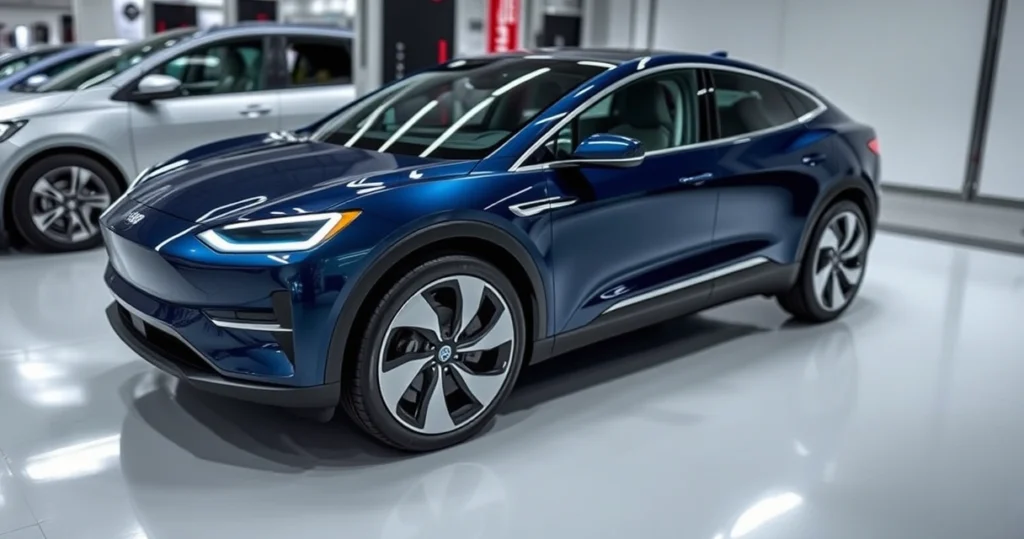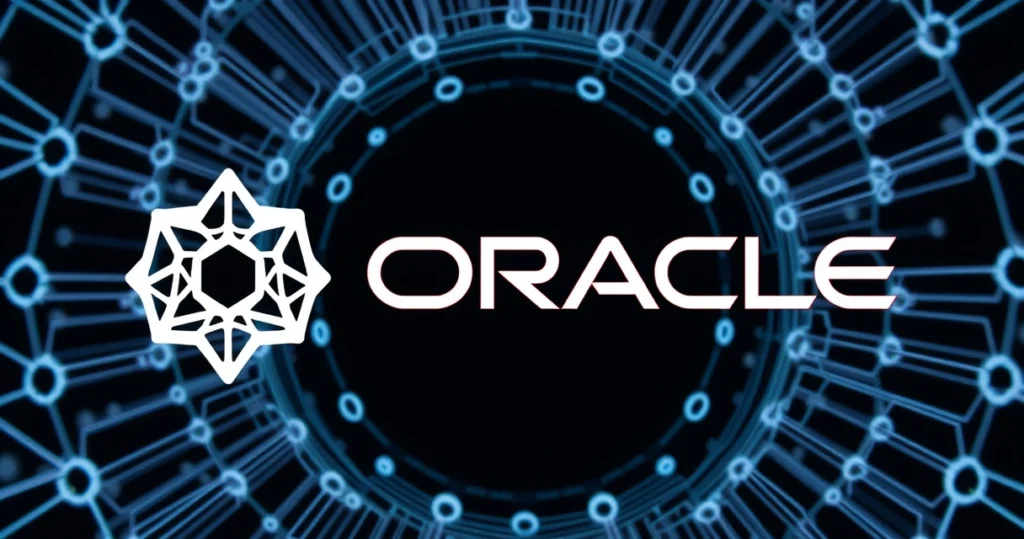General Motors (GM) has been making significant strides in the electric vehicle (EV) market, especially with its latest battery strategy designed to create affordable electric cars for the mass market. In a move that mirrors the low-cost power options favored by the Chinese auto industry, GM is set to launch its homemade battery cells just three years before introducing its cutting-edge energy-dense technology. This initiative aims to make electric vehicles more accessible to a broader audience in the U.S., ultimately transforming the U.S. auto industry.

The demand for electric vehicles is at an all-time high, driven by increasing environmental awareness and the push for sustainable energy solutions. However, one significant barrier to widespread adoption has been the high cost of EV batteries. GM’s new strategy focuses on reducing these costs while maintaining performance, thereby making affordable electric cars a reality for many consumers. In this article, we will explore the key components of GM’s EV battery strategy, the implications for the U.S. auto industry, and how affordable electric vehicles can reshape the market.
Understanding GM’s EV Battery Strategy
GM’s EV battery strategy revolves around two primary objectives: reducing production costs and enhancing vehicle performance. The company is investing heavily in research and development to create a new generation of batteries that are not only more affordable but also more efficient compared to existing models. Here are some key elements of GM’s approach:
- In-House Battery Production: GM is establishing its own battery manufacturing facilities, allowing greater control over production processes and costs.
- Collaboration with Suppliers: By partnering with established battery suppliers like LG Chem, GM aims to leverage existing technologies while developing proprietary solutions.
- Focus on Sustainability: The company is committed to using sustainable materials and processes in battery production to minimize environmental impact.
- Accessibility and Affordability: GM is targeting a price point that makes EVs feasible for average consumers, thus expanding the market significantly.
The Importance of Affordable Electric Cars
Affordable electric cars are essential for several reasons, particularly in the context of the U.S. auto industry. As consumer preferences shift towards sustainability, making EVs accessible can have a transformative impact. Here are some of the primary benefits:
1. Expanding the Consumer Base
By lowering the cost of electric vehicles, GM can attract a more extensive customer base, including those who may have previously considered EVs too expensive. This move is vital for increasing overall EV adoption rates in the U.S.
2. Competitive Advantage
As more automakers enter the EV market, creating affordable options will provide GM with a competitive edge. This strategy allows the company to differentiate itself in a crowded marketplace and potentially lead in sales.
3. Environmental Impact
Wider adoption of electric vehicles contributes to reduced greenhouse gas emissions and a smaller carbon footprint. By making EVs more affordable, GM can drive consumers towards cleaner energy solutions, aligning with global climate goals.
4. Job Creation and Economic Growth
Investing in battery production and EV technology will create jobs within the U.S. auto industry. This growth can have a ripple effect on local economies, providing opportunities in manufacturing, research, and development.
Energy-Dense Technology: The Future of EV Batteries
While GM’s immediate focus is on producing affordable battery cells, the company is also working on a more advanced energy-dense technology that will be released three years later. This technology promises to offer even greater benefits for electric vehicles, including:
- Increased Range: Energy-dense batteries can provide longer driving ranges, addressing one of the primary concerns consumers have regarding EVs.
- Faster Charging Times: These advanced batteries may also allow for quicker charging, making EVs more convenient for everyday use.
- Enhanced Performance: Improved energy density can lead to better vehicle performance, ensuring that EVs meet the needs of more demanding consumers.
The Timeline for Implementation
GM has laid out a clear timeline for the rollout of its battery strategy. The company plans to begin production of its affordable battery cells shortly, with the first models expected to hit the market soon. The energy-dense technology will follow, paving the way for the next generation of electric vehicles.
Challenges Facing GM and the U.S. Auto Industry
Despite the promising nature of GM’s battery strategy, several challenges remain that could impact the success of affordable electric vehicles in the U.S. auto industry:
1. Supply Chain Issues
The production of batteries relies on various raw materials, many of which are subject to supply chain disruptions. Securing a stable supply of essential materials like lithium and cobalt is crucial for maintaining production schedules.
2. Consumer Perception
Changing consumer perceptions about electric vehicles is a significant hurdle. Many potential buyers still harbor doubts about range, reliability, and overall performance. Education and marketing efforts will be necessary to address these concerns.
3. Regulatory Challenges
Government regulations around emissions and safety standards will continue to evolve. GM must navigate these regulations effectively to ensure compliance while pushing forward with its ambitious battery strategy.
4. Competition from Global Markets
With companies in China and Europe leading in EV technology and production, GM must remain competitive on a global scale. This competition could pressure pricing and innovation within the U.S. market.
Frequently Asked Questions (FAQs)
1. What is GM’s EV battery strategy?
GM’s EV battery strategy focuses on producing affordable battery cells in-house, collaborating with suppliers, and developing advanced energy-dense technology to create accessible electric vehicles for the mass market.
2. How will GM’s strategy impact the cost of electric cars?
By reducing production costs and focusing on in-house manufacturing, GM aims to lower the overall price of electric vehicles, making them more affordable for consumers.
3. What are energy-dense batteries?
Energy-dense batteries are advanced battery technologies that provide higher energy storage in a smaller and lighter package, improving vehicle range and performance.
4. When can we expect to see GM’s affordable electric cars on the market?
GM plans to start production of its affordable battery cells soon, with the first electric vehicle models expected to be available shortly. The energy-dense technology will follow three years later.
5. What challenges does GM face in implementing its battery strategy?
GM faces several challenges, including supply chain issues, changing consumer perceptions, evolving regulations, and competition from global markets.
Conclusion
GM’s bold EV battery strategy represents a significant leap toward making electric vehicles more accessible and affordable for consumers in the U.S. By focusing on in-house production and innovative battery technology, the company is poised to transform the U.S. auto industry. While challenges remain, the potential benefits of affordable electric cars—ranging from environmental advantages to economic growth—are undeniable. As GM moves forward with its plans, the future of electric vehicles in America looks increasingly promising, setting the stage for a new era in sustainable transportation.
📰 Original Source
Este artigo foi baseado em informações de: https://www.wired.com/story/gms-final-ev-battery-strategy-copies-chinas-playbook-super-cheap-cells/



